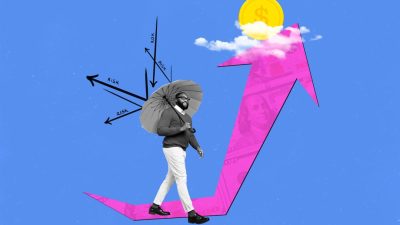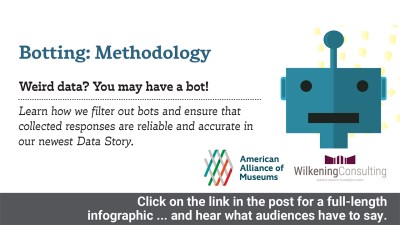Or, How One Exhibit Company Pulled A Brass Elephant Out Of A Hat
This week’s guest post is by Peter Overstreet. Pete and his wife, Cat Taylor, founded the exhibit and event design company Aeronaut Productions LLC. Pete was a full-time illustrator with experience in games, theater and film, who entered the world of exhibit design after joining the team that designed and assembled a traveling exhibit on the American space program—NASA: A Human Adventure. Pete is also the director of a Steampunk theatrical company called Legion Fantastique. This unique combination of skills and experience put him in a perfect place to respond to an opportunity presented in a Facebook message from a friend: “Hey, Pete, there is a museum in Anaheim that is interested in doing an exhibit on Steampunk. I thought you might like to talk to them.”
The MUZEO, a small, city-owned exhibit space in downtown Anaheim had recently arranged with a local collector of Victorian art and ephemera to borrow his extensive menagerie for an exhibit. One of the MUZEO’s marketing staff suggested adding a “Steampunk” theme to bring in younger visitors, hence the call for Steampunk help that led them to us. They initially thought of this as a small “supporting” exhibit, but we were so excited by the possibilities that Aeronaut proposed a full exhibit called Steampunk: History Beyond Imagination.
Our ambitions went beyond an exhibition of quirky sculptures made of lamp parts, leather top hats and goggles. We wanted the exhibit to be a journey into the origins, aesthetics and future of the Steampunk phenomenon. We mainstreamed historical elements into the exhibit, including—with the help of several Disney artists who were also members of the Anaheim Historical Society—tying the world of Steampunk in with the history of Anaheim itself. (Did you know that if Walt Disney’s film “20,000 Leagues Under The Sea” had flopped, his company would probably have to auction off the orange groves that were about to be turned into what is now Disneyland?)
But there was a problem. How could we come up with sufficient funds to make our vision a reality? We suggested launching a Kickstarter campaign (Kickstarter is an online crowdfunding site) to raise a portion of the budget, and the MUZEO staff agreed.
First we needed a compelling video to make our pitch on Kickstarter. I made phone calls and frantic emails to rally a crew to help make a small, fanciful appeal for funds. What I thought would be 15–16 people turned out to be a rabid crowd of 60 people all dressed in their finest Steampunk regalia. On a boiling July afternoon, we filmed a madcap commercial that not only helped us raise funds, but also gave potential investors a feel for the wonderful world of Steampunk.
The video was a huge success. We pulled together over $10,000 for the exhibit, and we made contacts with artisans who were willing to loan us their fabulous pieces of Steampunk-themed art! We had tapped into something that we hadn’t thought of initially—going to the community that would chiefly have an interest in the exhibit and allowing them to be a part of the production of the exhibit. We brought our supporters along for the ride by posting a semi-regular video production blog on YouTube, tweeting and updating our Facebook group almost daily.
The exhibit’s chief strength was the amazing pieces of Steampunk art from around the United States. We would never have been able to borrow so many quality pieces of art had we not involved the greater Steampunk community by putting out an open call for submissions.
This social transparency provided us with the opportunity to contact owners of artifacts – including a gentleman who was building a full-scale replica of the Time Machine from the 1960 George Pal film of the same name. We made professional connections with companies like Disney, Warner Bros. and the owner of the Classics Illustrated comic book franchise, aiding us in acquiring licensing and usage rights with some of the items in our show.
We were also able to involve prominent Steampunk enthusiasts in the design process by allowing them to critique our efforts. Many effective changes were made thanks to help of people like the “Steampunk Scholar” Mike Perschon and the crew of the Neverwas Haul.
Our blog entries became more sporadic as we labored on the show to the very last few minutes. Friends and observers, who had kept abreast of our progress through our social media efforts, came to our rescue more than once and chipped in with physical help and or much needed words of encouragement.
On October 23, 2011, Steampunk: History Beyond Imagination opened to the public.
The ribbon cutting ceremony was swamped with hundreds of people who had all come to see both exhibits—many of them had heard of it through Kickstarter, Facebook or Twitter. We and the MUZEO staff learned just how powerful a tool community involvement had become for funding and organizing exhibitions like this!









The Steampunk: History Beyond Imagination, is wonderful. So many thing that seem to tie back into the "regular" world.
Often those who volunteer to assist with an exhibition will then support with donations and also publicize the event in the social media, giving more support for it and others at the museum. This exhibit was not only unusual and interesting but professionally displayed.